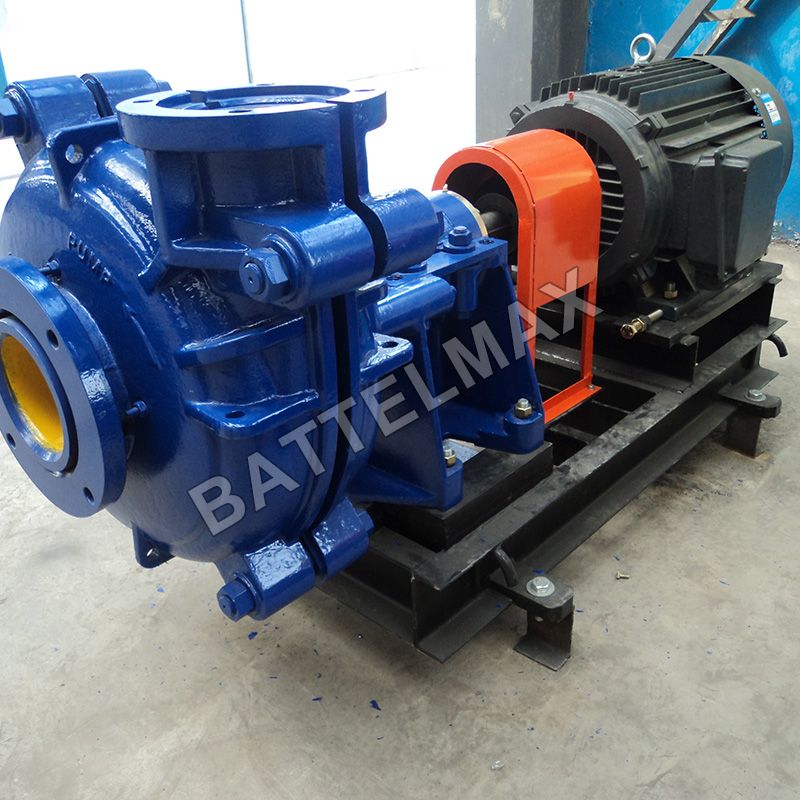Wastewater treatment is an essential process that helps to protect the environment and maintain public health. One of the crucial components in wastewater treatment systems is the slurry pump. Slurry pumps play a vital role in moving abrasive and viscous materials, such as sludge and slurry, through the treatment process. In this article, we will explore the key applications for slurry pumps in wastewater treatment systems, highlighting their importance and impact on the overall efficiency of the process.

1. Raw Sewage Transfer
The initial stage of wastewater treatment involves the transfer of raw sewage from collection points to treatment plants. Slurry pumps are commonly employed in this application to handle the transportation of raw sewage efficiently. These pumps are designed to withstand the abrasive nature of the sewage, ensuring smooth and reliable transfer.
2. Primary Treatment Processes
After the raw sewage is transferred, primary treatment processes are carried out to remove solid contaminants. Slurry pumps are utilized during these processes to facilitate the separation of solids from the liquid phase. They assist in the pumping of primary sludge, which contains a high concentration of solid particles, to the settling tanks or clarifiers.
3. Secondary Treatment Processes
In the secondary treatment phase, slurry pumps continue to play a crucial role. The aim of this stage is to break down organic matter and remove dissolved pollutants. Slurry pumps are employed to circulate the activated sludge, which contains microorganisms that aid in the breakdown of organic matter, ensuring effective treatment. These pumps are also responsible for transferring the excess activated sludge to the next stage, where it undergoes further treatment or disposal.
4. Sludge Dewatering
Sludge dewatering is an essential step in the wastewater treatment process. Slurry pumps are instrumental in this stage, as they help in the transfer of thickened sludge to dewatering equipment, such as belt presses or centrifuges. The efficient transportation of sludge ensures optimal dewatering, reducing the moisture content and volume of the final product.
5. Sludge Disposal
Once the sludge is dewatered, it needs to be properly disposed of. Slurry pumps are utilized to transfer the dewatered sludge to storage facilities or transportation units for off-site disposal. The ability of slurry pumps to handle high solids content and abrasive materials makes them ideal for this application.
6. Recirculation and Reuse
In some wastewater treatment systems, the treated water is recirculated or reused for various purposes, such as irrigation or industrial processes. Slurry pumps are employed to facilitate the recirculation of water, ensuring its proper distribution and preventing stagnation. These pumps also play a vital role in transferring the treated water to storage tanks or reuse applications.
Conclusion
Slurry pumps are indispensable components of wastewater treatment systems, serving critical functions throughout the treatment process. From the transfer of raw sewage to the dewatering and disposal of sludge, these pumps ensure the efficient and reliable operation of the entire system. Their ability to handle abrasive and viscous materials makes them suitable for the demanding conditions of wastewater treatment. By understanding the key applications for slurry pumps in wastewater treatment systems, we can appreciate their importance in maintaining effective and environmentally friendly wastewater treatment processes.


Comments
Please Join Us to post.
0